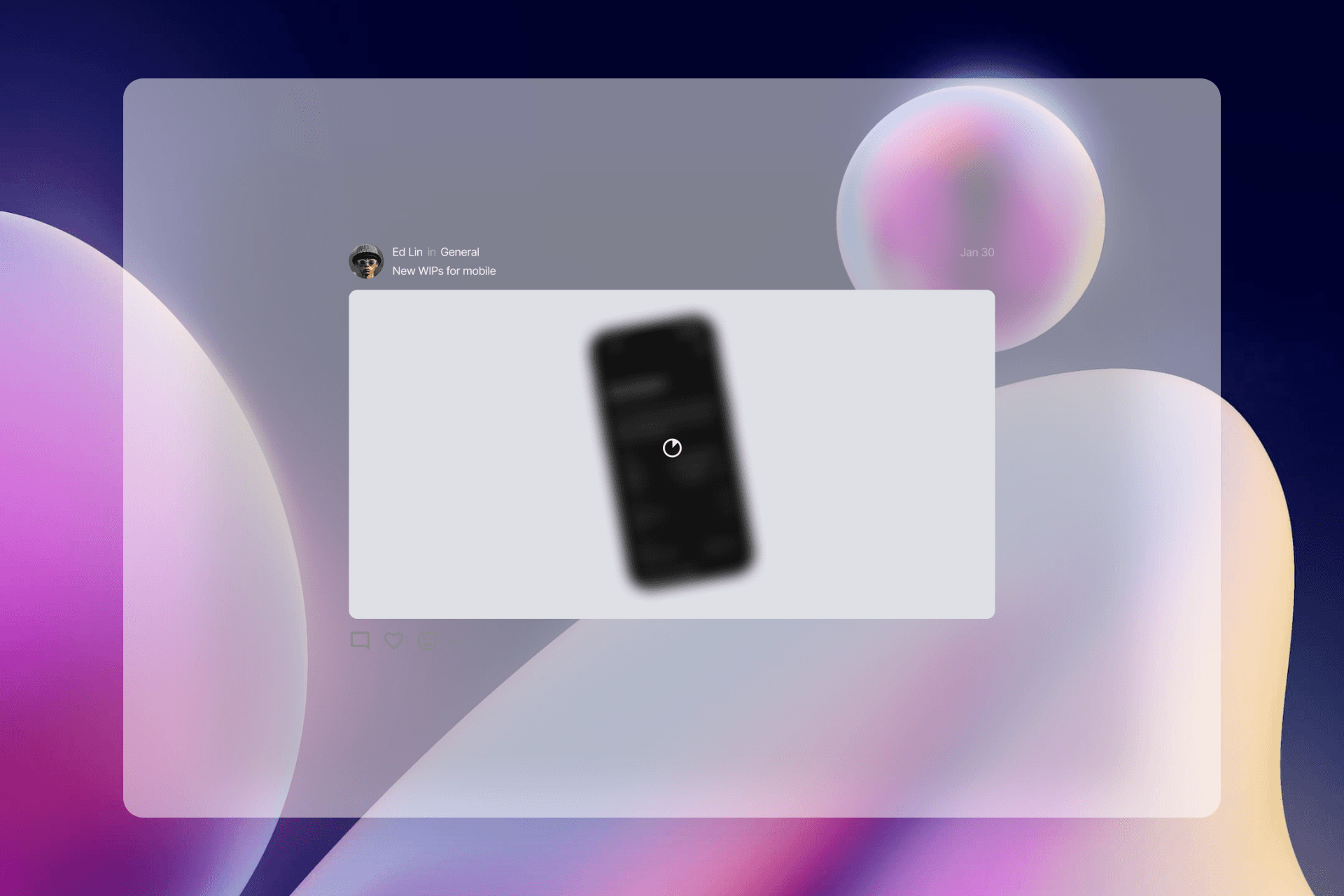Date
Tools
Industry
Company
Role
What is Plot?
Plot helps your teams stay in the loop.
The visibility problem
Depending on the type of design work that you do, there are different portfolio formats that will be best suited for your needs. A design portfolio can be digital in the form of a website, slideshow, or PDF but it can also be analog in the form of a print book or poster.
Giving and getting better feedback
When it comes to graphic design, designing a PDF as your portfolio is becoming more and more popular to highlight your work and PDF design skills. Using tools like InDesign and Photoshop you can create multi-page PDFs that can be fine-tuned and formatted any way you like. With new software, like Framer, it's becoming even easier to create a PDF online and share it in no time. The result of your PDF portfolio will be a brochure or one-pager piece that shows off examples of your best work along with the descriptions of each project and more related information.
Direct Figma integration
No need to step outside of your flow. Our direct Figma integration means you can share to your feed with minimal clicks.
As an important part of UX design, it’s important to show these aspects so viewers get the full experience of your designs. Next, website portfolios are super easy to share. You can include the link in your social media bios as well as send the link to anyone at any time. Your work will become more readily available this way. Finally, online portfolios are a great way to show off your personality. As the more new-age mention of displaying your work, you are less constrained by the rules of the classic print portfolio.
When going the online portfolio route there are some drawbacks. First, website portfolios often require knowledge of code to create. This can be a blocker for many UX designers. However, there are increasingly more tools like Framer that allow you to create a design portfolio without code. Next, you have to keep in mind the constraints of the web. Things like breakpoints, different browsers, and rendering issues that you wouldn’t have to think about in print portfolios. Finally, website portfolios can be more time-consuming to create depending on how many site pages you need.
